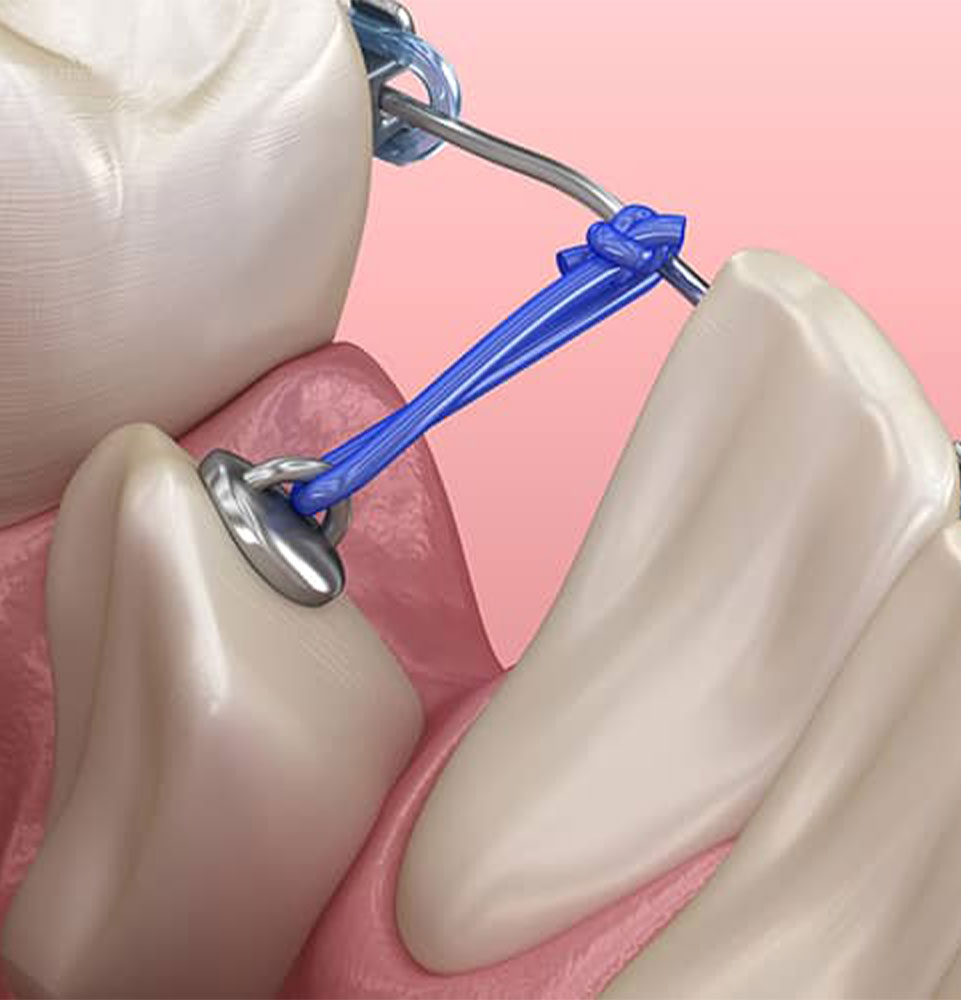
Welcome to our FAQ section, where we address common questions about periodontal care and dental implants. Our goal is to provide clarity and comfort, ensuring you feel informed and confident about your treatment journey.
Periodontal disease, commonly known as gum disease, is an infection of the tissues that hold your teeth in place. It’s usually caused by poor oral hygiene, leading to plaque buildup, which can eventually damage the gums and the bones that support the teeth.
Common signs include red, swollen, or bleeding gums; persistent bad breath; loose teeth; and receding gums. If you notice any of these symptoms, it’s important to schedule a consultation for an evaluation.
Treatment options depend on the severity of the disease and may include professional cleanings, scaling and root planing (a deep cleaning procedure), laser therapy, or surgery. Dr. Peterson will recommend the best approach tailored to your needs.
Dental implants are artificial tooth roots placed into your jaw to hold a replacement tooth or bridge. They are a strong and durable solution for missing teeth, providing a natural look and feel.
Implants are surgically placed in your jawbone, where they fuse with the bone over time. This creates a stable base for artificial teeth, allowing them to function like natural teeth.
Ideal candidates for dental implants are those with healthy gums and enough bone to hold the implant. A consultation with Dr. Peterson will determine if implants are the best option for you.
Recovery time can vary, but most patients return to normal activities within a few days. The complete healing process, allowing the implant to fully integrate with the bone, may take several months.
Our office uses the latest techniques and technology to minimize discomfort. Most patients report only mild soreness after procedures, which can be managed with over-the-counter pain relief.
Yes! Maintaining a good oral hygiene routine, including brushing twice daily, flossing, and regular dental check-ups, is key to preventing gum disease. Avoiding tobacco and eating a balanced diet also contribute to healthier gums.
Regular visits depend on your individual condition, but generally, a periodontal check-up every six months is recommended to maintain optimal gum health and catch any issues early.
Yes! Maintaining a good oral hygiene routine, including brushing twice daily, flossing, and regular dental check-ups, is key to preventing gum disease. Avoiding tobacco and eating a balanced diet also contribute to healthier gums.
During your first visit, Dr. Peterson will conduct a comprehensive examination, review your medical history, and discuss any concerns you have. Together, you’ll develop a personalized treatment plan.


Privacy Policy © All rights reserved